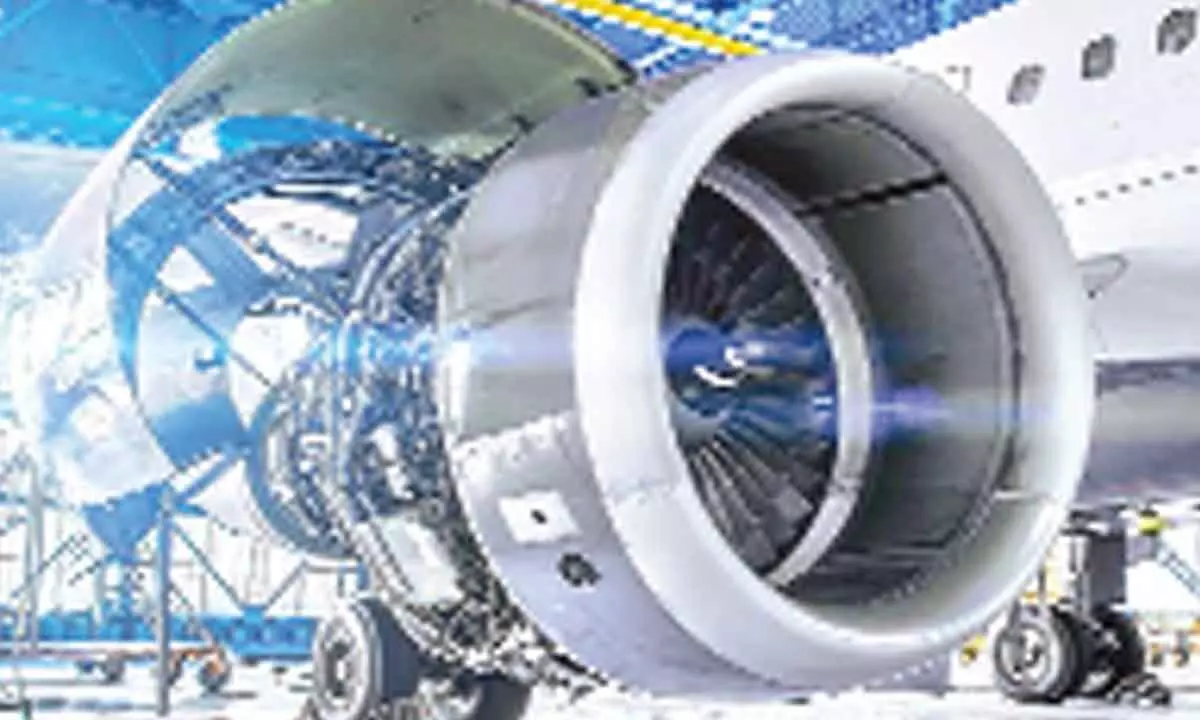Incentives key to raise SAF production
At present, SAF production is less than 1% of global jet fuel demand
image for illustrative purpose

IATA called for governments to urgently put in place large-scale incentives to rapidly expand the use of sustainable aviation fuels (SAF) as aviation pursues its commitment to achieving net zero carbon emissions by 2050.
"Airlines are resilient. People are flying in ever greater numbers. And cargo is performing well against a backdrop of growing economic uncertainty. Losses will be cut to $9.7 billion this year and profitability is on the horizon for 2023. It is a time for optimism, even if there are still challenges on costs, particularly fuel, and some lingering restrictions in a few key markets," said Willie Walsh, IATA's Director General.
To fulfil aviation's net zero commitment, current estimates are for SAF to account for 65 per cent of aviation's carbon mitigation in 2050. That would require an annual production capacity of 449 billion liters. Investments are in place to expand SAF annual production from the current 125 million liters to 5 billion by 2025. With effective government incentives, production could reach 30 billion liters by 2030, which would be a tipping point for SAF production and utilization.
Hydrogen and electrically powered aircraft are part of aviation's plan to achieve net zero emissions by 2050, but they are likely to be limited to short-haul routes. SAF is the proven solution for long-haul flying. "Hydrogen and/or electric propulsion systems will most likely be available for short haul commercial flights by 2035, but the majority of emissions come from long-haul widebody flights and to tackle these emissions, SAF is the only proven solution.
"Governments should provide incentives to transition electricity production to renewable sources like solar or wind worked. As a result, clean energy solutions are now cheap and widely available. With similar incentives for SAF, we could see 30 billion liters available by 2030. Though still far from where we need to be, it would be a clear tipping point towards our net zero ambition of ample SAF quantities at affordable prices," said Willie Walsh, IATA's Director General at the 78th IATA Annual General Meeting in Doha, Qatar.
But increasing production of a new fuel isn't exactly a quick and easy task. Worldwide, IATA predicts that "by 2025 and with appropriate policy support," SAF could account for only 2 percent of all aviation fuel. With such low supplies, and rising demand, that number doesn't bode well for the prospects of lower-priced SAF in the immediate future. Revenues are rising as Covid-19 restrictions ease and people return to travel. The challenge for 2022 is to keep costs under control.
Industry revenues are expected to reach $782 billion (+54.5 per cent on 2021), 93.3 per cent of 2019 levels. Flights operated in 2022 are expected to total 33.8 million, which is 86.9 per cent of 2019 levels (38.9 million flights).
On the airlines profitability side, passenger revenues are expected to account for $498 billion of industry revenues, more than double the $239 billion generated in 2021.
Cargo revenues are expected to account for $191 billion of industry revenues. That is down slightly from the $204 billion recorded in 2021, but nearly double the $100 billion achieved in 2019. Overall, the industry is expected to carry over 68 million tonnes of cargo in 2022,
Overall expenses are expected to rise to $796 billion. That is a 44 per cent increase on 2021, which reflects both the costs of supporting larger operations and the cost of inflation in some key items.
At $192 billion, fuel is the industry's largest cost item in 2022 (24 per cent of overall costs, up from 19 per cent in 2021). This is based on an expected average price for Brent crude of $101.2/barrel and $125.5 for jet kerosene. Airlines are expected to consume 321 billion liters of fuel in 2022 compared with the 359 billion liters consumed in 2019.
The industry's wage bill is expected to reach $173 billion in 2022, up 7.9 per cent on 2021, and disproportionate to the 4.3 per cent increase in total jobs. Flying sustainably and cutting CO2 emissions is a top priority. The aviation sector is working to achieve net zero emissions by 2050 and travellers want to be more aware of their carbon footprint. Current production is less than one per cent of the global jet fuel demand. However, more facilities are coming online, and the projections are that about two per cent replacement of conventional jet fuel with SAF is possible by 2025. The cost is still the challenge, with SAF being considerably more expensive than traditional jet fuels. However, there are mechanisms, incentives, policies and regulations being put in place that will help SAF use to become more economically viable for the operators.

